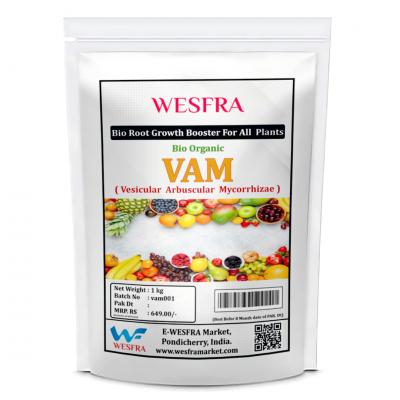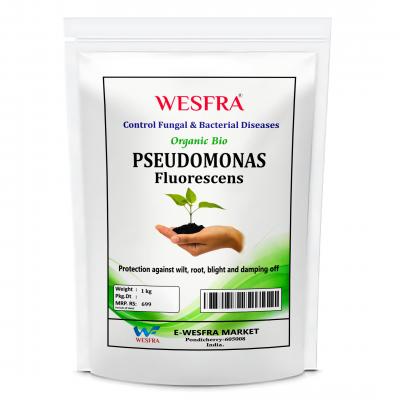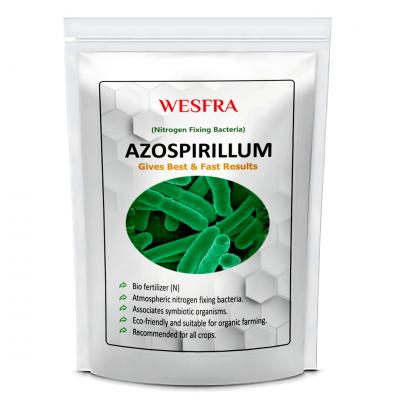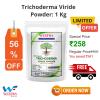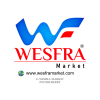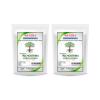Certainly! Using biofertilizers in your garden can significantly enhance soil health and promote plant growth. Here are some steps to effectively use biofertilizers:

-
Choose the Right Biofertilizer:
- Select biofertilizers based on the specific needs of your plants. For example:
- Rhizobium: is ideal for leguminous plants (such as peas, beans, and lentils) as it helps fix atmospheric nitrogen.
- Azospirillum: Suitable for non-leguminous plants (like wheat, maize, and millets) to enhance nutrient availability.
- Mycorrhizal fungi: are beneficial for most plants, especially trees and shrubs, as they improve nutrient uptake.
- Select biofertilizers based on the specific needs of your plants. For example:
-
Prepare the soil.
- Before planting, mix the biofertilizer with the soil. Follow the suggested dose guidelines on the product package.
Ensure that the soil is well-drained and has adequate aeration.
- Before planting, mix the biofertilizer with the soil. Follow the suggested dose guidelines on the product package.
-
Seed Treatment:
- For seeds, you can coat them with biofertilizer before sowing. This helps establish a beneficial microbial population around the seedlings.
- Mix the seeds with the biofertilizer solution and allow them to dry before planting.
-
Root Dipping:
- When transplanting seedlings, dip their roots in a biofertilizer solution. This ensures direct contact between the roots and beneficial microorganisms.
-
Application During Plant Growth:
- Apply biofertilizers during the growing season. You can do this by:
- Drenching: Mix the biofertilizer with water and apply it directly to the soil around the plant’s base.
- Foliar Spray: Dilute the biofertilizer and spray it on the leaves. This method is especially useful for mycorrhizal fungi.
- Apply biofertilizers during the growing season. You can do this by:
-
Frequency:
- Follow the recommended application frequency. Some biofertilizers need reapplication after specific intervals (e.g., every 3 months).
-
Avoid chemical pesticides:
- Biofertilizers work best when chemical pesticides are minimized. These chemicals can harm beneficial microorganisms.
-
Monitor plant health:
- Observe your plants for signs of improved growth, increased flowering, and healthier foliage.
- Adjust the biofertilizer application based on plant response.
Remember that biofertilizers are a long-term investment in soil health. Regular use can lead to sustainable and thriving gardens. Happy gardening! Order Now








